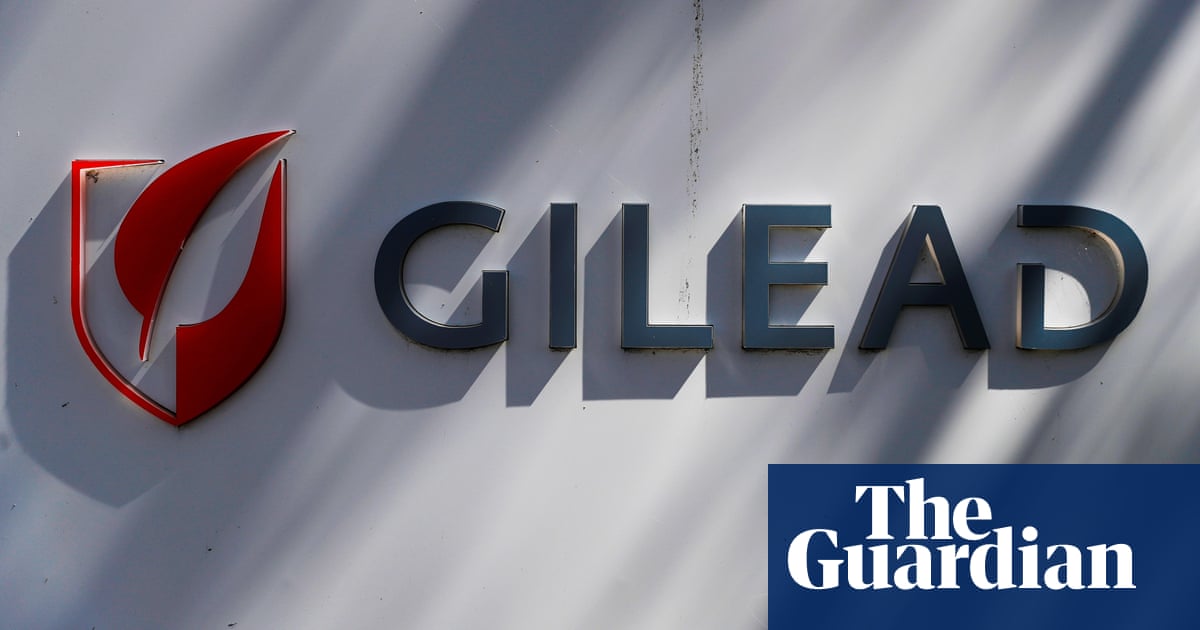- cross-posted to:
- worldnews@lemmy.ml
- cross-posted to:
- worldnews@lemmy.ml
Lenacapavir , sold as Sunlenca by US pharmaceutical giant Gilead, currently costs $42,250 for the first year. The company is being urged to make it available at a thousand times less than that price worldwide.
UNAids said it could “herald a breakthrough for HIV prevention” if the drug was available “rapidly and affordably”.
Given by injection every six months, lenacapavir can prevent infection and suppress HIV in people who are already infected.
In a trial, the drug offered 100% protection to more than 5,000 women in South Africa and Uganda, according to results announced by Gilead last month.



Question for my Beeple: If you could pass any law you wanted, how would you solve the problem of runaway drug costs? There is the complicating factor of “the drug companies need this money for R&D for future drugs”, but clearly it’s gotten out of hand.
Barring something comprehensive like Medicare For All, my thought is there should almost be a new regulatory body created for the purpose of tackling this problem. Force drug companies to provide periodic reports of how much a drug actually costs them to make, and then have a regulated maximum profit margin that drug companies are allowed to take.
Considering how much of their research and development costs are funded by grants from governments, I’d say just get rid of private pharmaceutical companies entirely if they can’t play nice.
Give them a choice. No drug revenue at all, or any paradigm-changing drugs get their license bought out cheap.
They either go out of business entirely, and governments and academic institutions take over the work (so so much of it is paid with grants anyway, I don’t think pharma companies should keep any profits unless they fund 100% of the r&d for it, which they won’t), or they agree to sell the patents that can literally change the trajectory of a society for a fair “this is the actual amount of work we put into it plus 200% to make it worth doing.”
If they can’t be happy with that, the default option is they get to do nothing so…
But again, the profit motive of big pharma leads us to places like the opioid crisis, side effects that aren’t disclosed or even fully studied, etc. and I don’t think we should be trusting drug development to for-profit companies, at least not without much much better protections for patients and much more stringent requirements on proof of efficacy and safety.
This is a strong point. If so much of this R&D is government-funded, then why tf are the drug companies allowed to profit from it? Corporate welfare is America’s only real welfare problem.
Here, the government negotiates the price for all medication and there is a cap of around 240 EUR per year per person. After that, all prescription medication is free.
You also get an increasing discount the closer to the limit you get. Before you have spent roughly 120 EUR you get no discount at all.
After that you get 50% off and after ≈ 180 EUR you get 75% and finally after ≈ 225 EUR you get 90%.
The cap and discount system also only pay for the cheapest available (in stock) medication at the pharmacy you go to which is usually a generic alternative. You can pay the difference (usually very little) if you really want non generic. Your doctor can say generics aren’t an alternative, and if that is the case the discount obviously applies anyways.
Prescription medication is also completely free for anyone under 18.
This system works pretty well as far as I know. The main problem might come from the fact that people with specific and expensive medication will have to pay 240 EUR out of pocket at the beginning of each period (but nothing after that) this can be hard for some individuals. Fortunately you can ask for a partial payment in those cases.